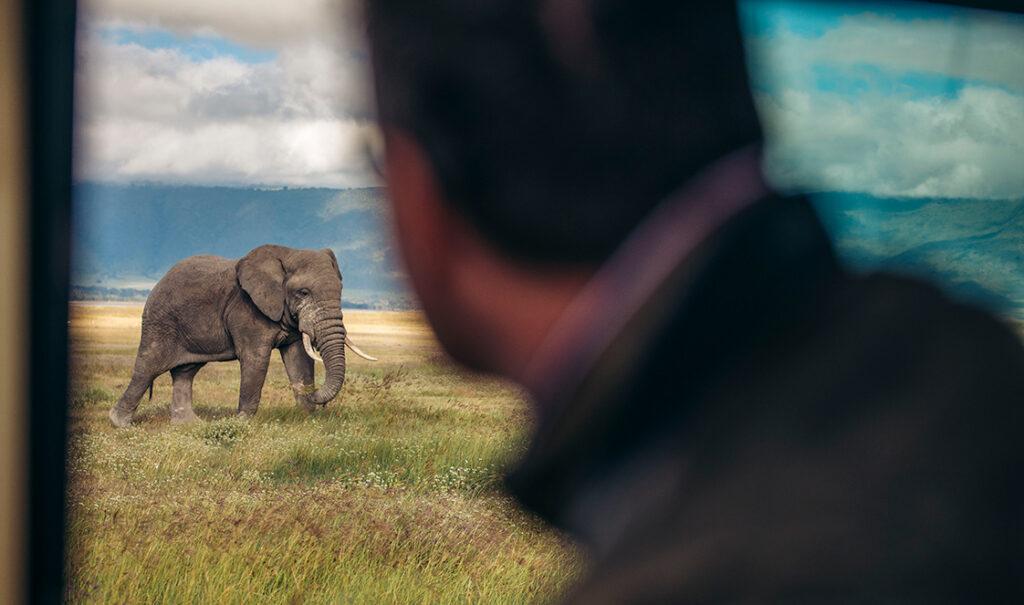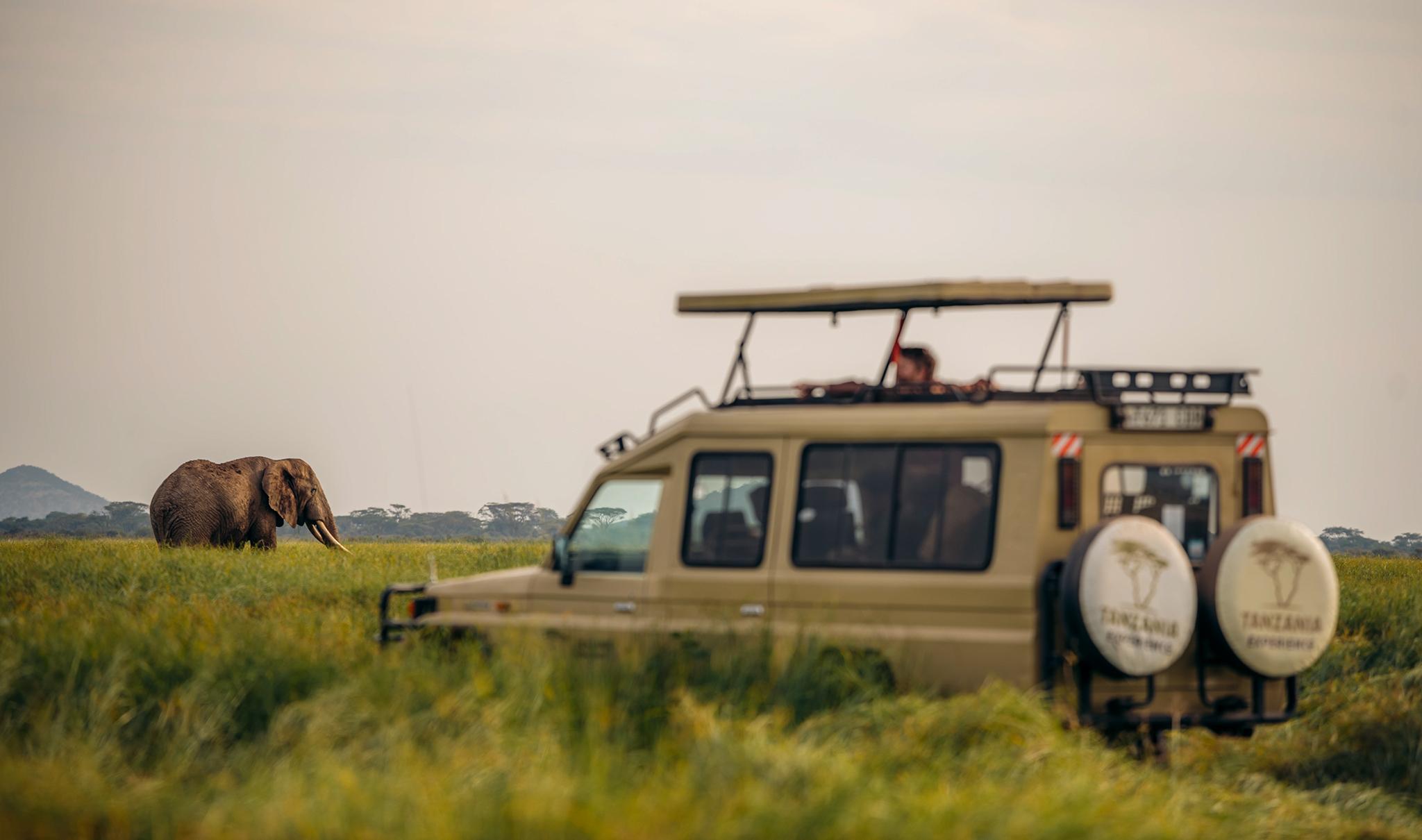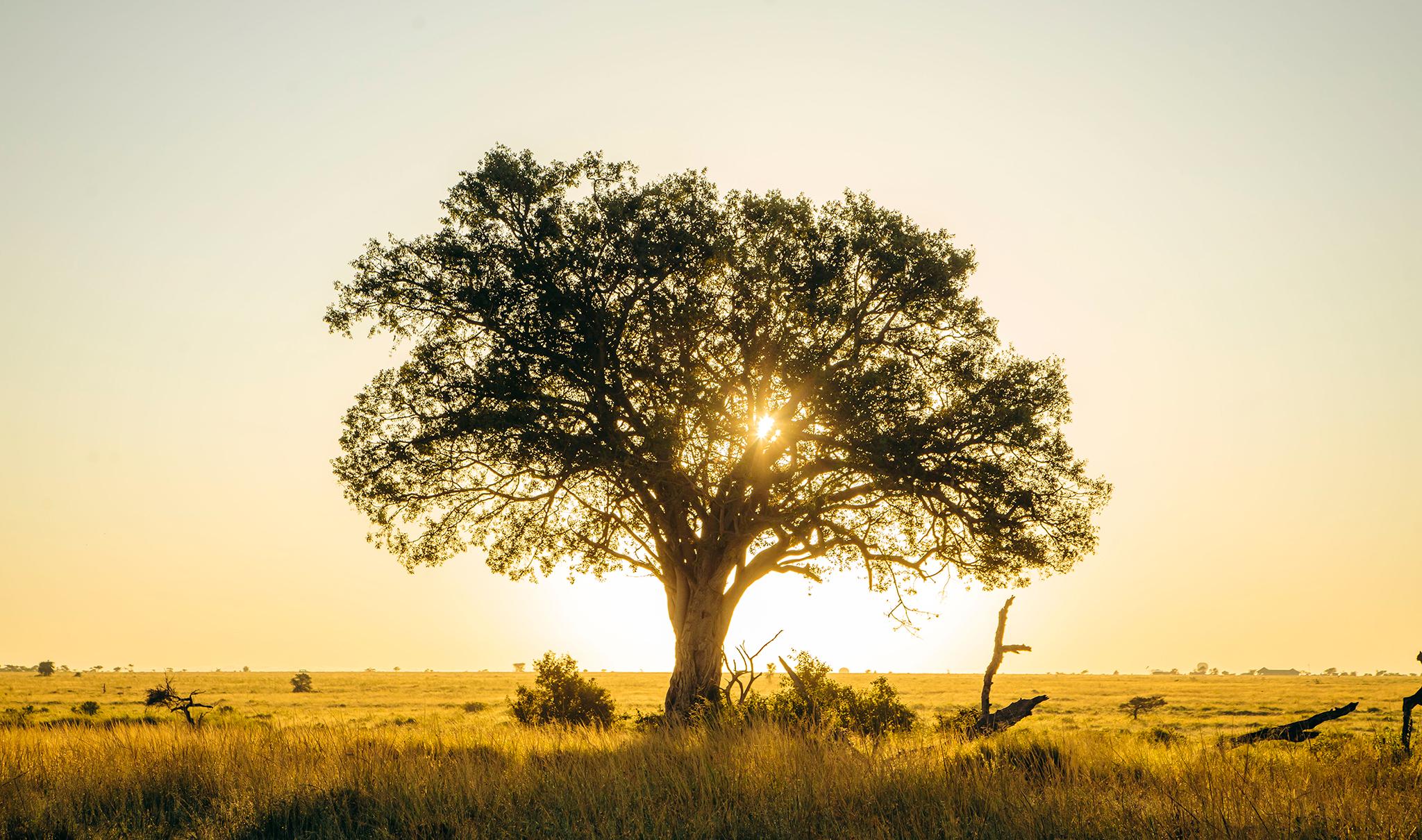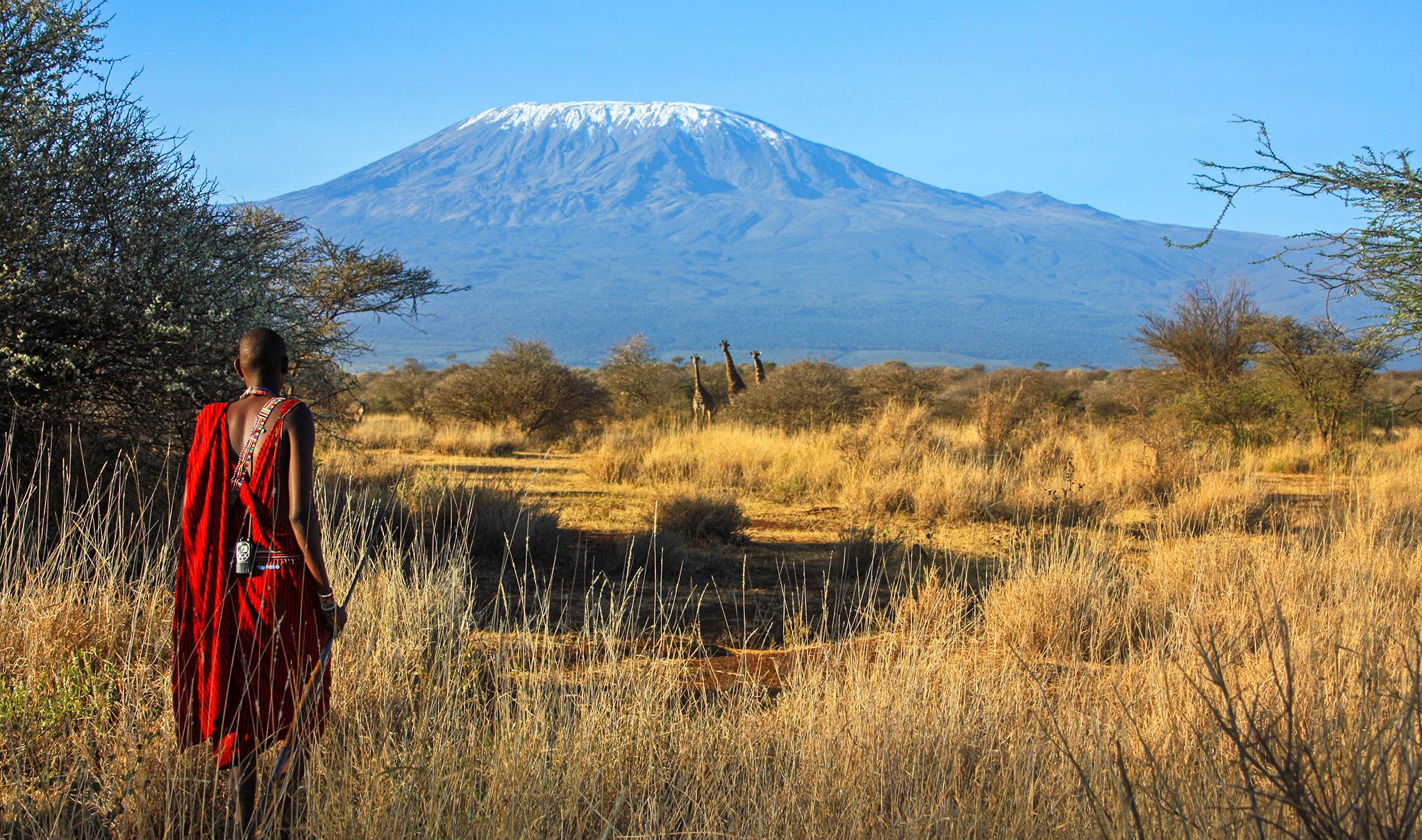Travellers from all over the world love Tanzania’s Northern Circuit, the most popular safari destinations in the north of the country. The Ngorongoro Crater is located on that circuit and offers one of the world’s most diverse wildlife and nature reserves. You will learn more in today’s blog. One thing is for sure: a safari in the Ngorongoro Crater is definitely worth it!

Travelling across Tanzania’s north is as exciting and promising as being at a funfair as a little kid. Where else can you dive into a volcanic cone and experience such a diverse animal world? Ngorongoro Crater is truly special! A visit you will remember for a lifetime.
Do you want to know more about travelling to Tanzania? We are happy to help.
Get in touch!
Ngorongoro Crater and its History
The Ngorongoro crater is part of the Ngorongoro Conservation Area, also known as NCA and has given the area its name. Until 1959, this area was part of the Serengeti National Park. However, the Maasai vehemently demanded their land rights, which lead to a separation of about 8.200 km² of land from the Serengeti. The Maasai were now allowed to settle in this area and to use the lush greenery of the surrounding area as grazing land for their cattle. But agricultural activities remained forbidden.
As a consequence, the Maasai had to leave the now smaller Serengeti National Park towards the NCA. Maasai cattle and wildlife were to share the same habitat in the new area. Initially, this was the same for the Ngorongoro Crater itself. But the Maasai have been banned from living here since 1975, and are only allowed to drive their cattle into the crater for a limited time.
How the Ngorongoro Crater got its name
The name “Ngorongoro” goes back to the sound of cowbells heard by the Maasai. The bell on the lead cow’s neck signals her presence to the herd and the Maasai herdsman, as well as the speed at which the cows are moving as they graze. For the Maasai, the cowbell sounds like “Ngor Ngor”. Especially if the sound echoes from the hills. So what could be more obvious than naming the crater Ngorongoro?
The Ngorongoro Crater – A Natural Superlative
The Ngorongoro Crater is the world’s largest inactive but intact and unfilled volcanic crater. It emerged two to three million years ago, when a volcano exploded, and collapsed. People and animals can descend up to 610 metres from the crater rim, which is over 2,300 metres high. Its floor area of around 260 km² could even accommodate cities like Amsterdam or Frankfurt. In February 2013, the crater was declared one of the seven natural wonders of Africa. In 1979, the NCA was declared a UNESCO World Heritage Site. This was extended to World Heritage status in 2010. In a way, UNESCO has officially proven that a safari in the Ngorongoro Crater is worth it.

The Animal World in the Ngorongoro Crater
The Ngorongoro Crater surely deserves to be a UNESCO World Heritage Site. It is undoubtedly one of the best places in the world to see wildlife in an incredible landscape, both outside and especially inside the extinct crater.
The massive surface of the crater is covered with long and short grasslands. They provide the best food for zebra, wildebeest, eland, and other antelope. Here and there, lakes gleam like decorative dots. Hippos live comfortably inside them. Elephants, rhinos, and buffaloes like to come by for a swim or a cool drink. Dwarf flamingos joyously move around them, while pelicans and some other colourful birds join to complete their feeding. Predators equally enjoy the atmosphere: amongst them are lions, leopards, cheetahs, hyenas, jackals, and African wild dogs.

From the crater rim you have a stunning view into the arena with a diameter of 17-21km. From here it goes downwards along low bushes and small mountain forests. The incredible animal abundance becomes more obvious. Wildlife is so rich here that some travellers feel like the animals are almost too easy to spot. They associate the crater with a cauldron and compare their impressions to a human-made zoo. Like a Disney World version or an artificial ark: not a ship, but an open-air theatre.
Those are two of our favourite safaris that will bring you to the Ngorongoro Crater:

Impressive Tanzania
Places Tarangire National Park, Serengeti National Park, Ngorongoro Crater
from 2,040 USD per person sharing

The Northern Circuit
Places Tarangire National Park, Lake Manyara National Park, Serengeti National Park, Ngorongoro Crater
from 2,380 USD (based on 7 persons)
But in fact, the landscape is “real”, and the animals are here on their own accord. Instead of freedom-robbing fences, there are enticing, high quality, mineral-rich soils and diverse habitats that provide the best nutrients and living conditions for all and attract the animals. The uniqueness of this paradise is described by the UNCESCO as:
“The breathtaking scenery of the Ngorongoro Crater, combined with its spectacular concentration of wildlife, is one of the greatest natural wonders on the planet.”
There are so many highlights in Tanzania. And the Ngorongoro Crater is certainly one of them. A safari in the Ngorongoro Crater is definitely worth it. For questions or support for planning your Tanzania trip, we are always happy to help you. Here, we are always well-informed about the current situation. So, don’t hesitate to get in touch!
 on Tripadvisor
on Tripadvisor




